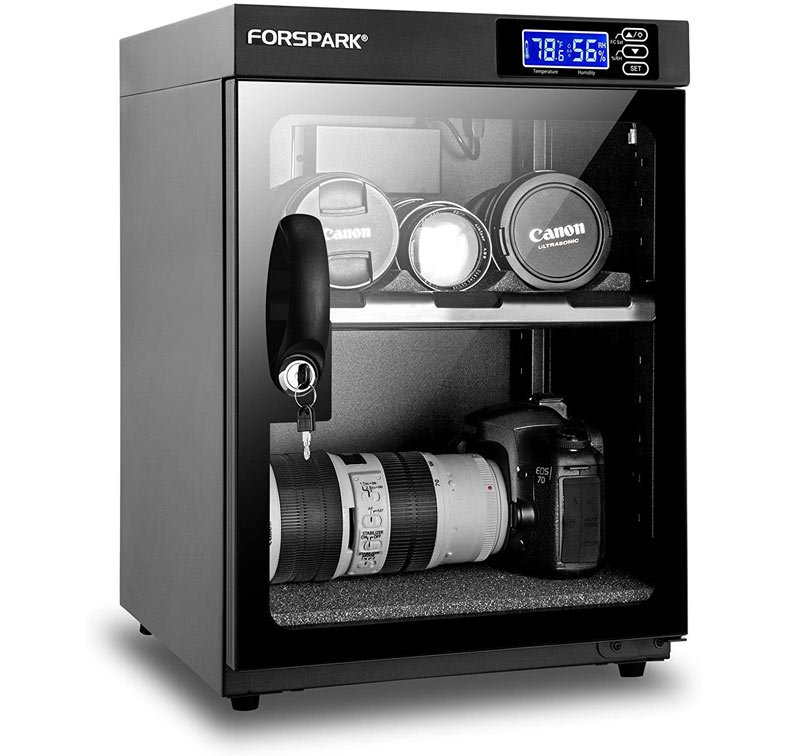
What is a dry cabinet?
A dry cabinet, also called dehumidifying cabinet or dry box, is a storage solution used to protect sensitive items from excess humidity. These devices are used across many industries, but they are particularly popular for sensitive camera equipment storage. The main issue dry cabinets serve to fight is fungal growth. Cameras and camera lenses are susceptible to fungus given the right conditions – darkness and excess humidity.
Dry cabinets come in various shapes and sizes and there are different technollogies available. As opposed to it’s name, a dry cabinet’s purpose is not to provide an environment devoid of any humidiy, as this might actually be detrimental to the equipment encased within. Much like a cigar humidor, the dry cabinet’s job is to maintain an optimal relative humidity. Most dry boxes are equipped with a hygrometer to allow you to check the humidity level inside.
How does a dry cabinet work?
Dry boxes can be broadly divided into two categories: active and passive. A passive model utilizes a dessicant inside an airtight sealed box, and typically offers limited control over the humidity level. These boxes require no electricity to operate, but need regular dessicant changes (or reactivation for multiple-use dessicant), especially when activelly used. Therefore, a passive dry box is a good solution when power consumption is an issue, for example in an off-the-grid application. For regular home use, an active dry cabinet is generally a simpler and more effective solution.
The typical active dehumidifying cabinet is an enclosure with electronic humidity control that automatically maintains a stable relative humidity (RH) at a preset level. Simpler models usually feature a small Peltier element to condense and remove the air-bourne moisture. More advanced models operate using multi-porous molecular sieve desiccants with automatic regeneration mechanisms. Electronic dry boxes are much more precise and reliable than passive models, but do require a constant power source.
Do you need a dry cabinet?
Whether or not you need a dry cabinet depends on your location, climate, gear and use patterns. Climate is generall the number one factor determining the need of such a device. If you live in a warm, humid climate like Southeast Asia or equatorial states, chances are a dehumidifying cabinet would be a wise purchase. Even the cooler temperate climate can provide enough moisture to cause trouble in the right conditions, especially in seaside areas.
Usage patterns are the second most important factor when you consider a dry cabinet for your equipment. If you constantly use your gear, day in and day out, the chances of it developing moisture related issues is minimal even in a moderately humid climate. Having the cameras out in the open, in sunlight and air, would usually suffice to prevent fungal growth in all but the most extreme cases.
On the other hand, if you find yourself storing your equipment for several months at a time, you might find a nasty surprise under a lens cap one day. The risk of fungus issues increases if you often work in wet, dewey conditions. In a humid environment, gear will accumulate moisture even if kept out of the rain. Putting away equipment in a dark, warm cabinet after such a shoot is a great way to grow some fungi.
What is the optimum humidity for camera storage?
Using a dry cabinet for camera storage is a straighforward process. The amount of work you have to do depends on the type of enclosure you are using. With an active dry box, the only thing you need to do is to set the desired humidity level and let the electronics do their work. Best humidiy level for camera storage is around 40-45%. If you are using a passive dry box, you need to add enough dessicant to keep the humidity close to these numbers.
Too dry can be almost as bad as too humid, which is why using a dry box without means of controlling the actual relative humidity inside is a bad idea. Storing your gear in an enclosure with extremely low humidity will affect rubber parts, leatherette, certain plastics, lubricants and some electronic components. Electrostatic build up is also a danger when humidity is kept too low.
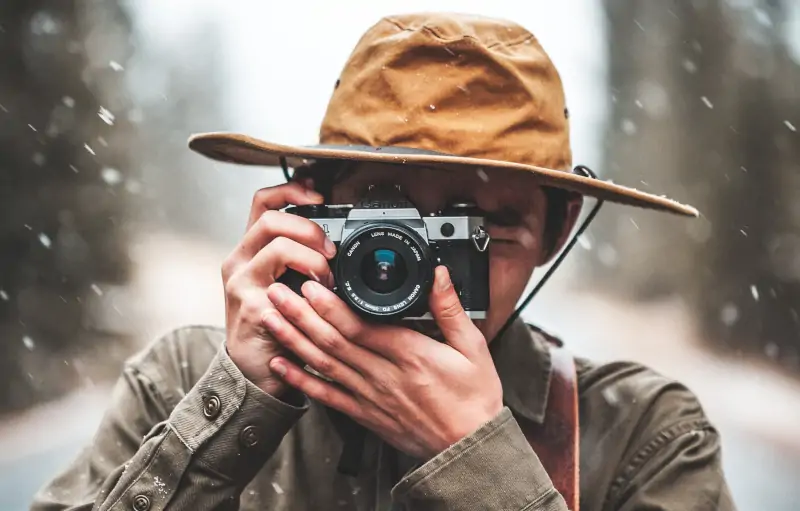
How to use a dry cabinet for camera storage?
Storing your gear in a dry box is no different than storing it in a regular cabinet. Make sure cameras and lenses are clean and their housings are dry to the touch. If you’ve been shooting in the rain, it might seem like a good idea to stick your camera in the dry box as soon as you get home, but it really isn’t. Remember, you’re trying to keep the interior of the cabinet at a low, stable humidity level. Stashing a bunch of dripping wet gear inside is not very productive. Take the time to manually dry out your gear before storing it in the dehumidifying cabinet. Fabric straps can soak up moisture, so if yours can be easily detached, it can be a good idea to remove it before stowing away the camera.
Another thing to consider is condensation. Coming into a heated house from a cold exterior shoot may lead to condensation forming on the metal and glass surfaces of lenses and cameras. It’s best to give your gear time to match the ambient temperature while it’s still sealed inside bag or case, and only put it in the dry box once it’s fully acclimatized.
Finally, not unlike a fridge, a dry box is happiest when it’s closed, so limit the time you leave it open. Every time you open the door of the dry cabinet, humid ambient air will get inside. In an active dry box, this means that the dehumidifying mechanism has to work extra hard removing the newly present moisture. With a passive box, prolonged open periods will quickly saturate the desiccant, rendering it useless.
Storing film in a dry cabinet
Processed film storage is another area where a dry box may come handy. While packaged, unprocessed film is pretty much air-sealed and cares little for ambience humidity, it is not so for developed negatives or slides. Properly processed black and white negatives can last almost indefinitely, but they do need to be kept in the right conditions.
Storing your camera equipment and negatives in the same cabinet may seem convenient but it’s not ideal. Optimal relative humidity for processed film storage is around 30-35%, which is a bit too dry for cameras and lenses. In addition, film prefers temperatures below 10°C (50°F) for long-term storage, which may not be practical for equipment that is used daily. Film also does not like fluctuations in humidity and temperature, which will also arise every time you open the dry cabinet to access your gear.
Therefore, if your climate requires processed film to be stored in a dry cabinet, it’s best to provide it with one of it’s own.
What are dry cabinet alternatives?
Hard Case + Dessicant
Keeping your gear in an airtight hard case with some dessicant thrown in is a popular alternative to a dry cabinet. Hard cases come in all different shapes and sizes and are perfect for a DIY dry cabinet setup. The Peli 1510 is a popular option, since it’s right at the maximum size for carry-on luggage and fits a fair amount of gear. Nevertheless, plan according to your gear, including any near future purchases planned. A small Peli may fit your DSLR kit just fine, but what about that growing large format lens collection mounted on chunky Sinar lens boards?
This setup comes with all the specifics of a passive dry box, with the added benefit of providing gear protection while being easily transportable. Most hard cases are also lockable, so they can provide a certain level of security, too. To avoid some of the caveats of desiccant humidity control, it’s best to equip your case with a hygrometer.
DIY Dry Box
A homebrew dehumidifying cabinet is a popular DIY project for photographers. There are many different designs and approaches out there. If you go for a passive design, this usually involves dessicant in an airtight enclosure such as a plastic storage container or a storage cabinet.
Active options range from simple heat-based models to more sophisticated Peltier based projects. Whichever way you decide to go, keep safe and get a hygrometer to manage humidity properly. If you do go the powered route, proceed with caution. Placing a heater inside a sealed cabinet can be dangerous, and improper wiring can quickly lead to a disaster. If unsure, it’s always best to have a qualified electrician do the job.
Dry Cabinet Q&A
Can a dry cabinet kill fungus?
As fungus requires moisture to grow, a dry box can prevent fungus from growing. However, it does not kill nor remove fungus from a lens. Keeping a infested lens in a dry cabinet will retard fungus development but it will not clear any growth out. Fungal spores are pretty tough, and in the absence of moisture they go into hybernation. The only sure fire way of getting rid of fungus is mechanical cleaning and UV treatment.
If you suspect a lens has been exposed to fungi spores, (for example if another lens of the same set has visible fungus) keeping it in a dry cabinet after a thorough cleaning is a good idea. This will eliminate the risk of the lens developing fungal growth while in storage. However, just keeping a lens in a dry box will not remove any potential spores. Should the right conditions present down the road, the spores will reactivate and start growing.
Can I store my camera batteries and accessories in the dry box?
As long as your dry cabinet is large enough, there’s no issue with storing your batteries, memory cards or other accessories inside. Most people like storing all their gear in one place, and if this is important for you, it might mean purchasing a larger cabinet.
As a general rule, it’s a good idea to remove batteries from cameras for long-term storage. Furthermore, if you’ve used your camera in a high humidity environment for a prolonged period, it may be beneficial storing it with battery and memory card compartment doors open. This will speed up the removal of any humidity that may have accumulated inside the camera body.
Can I store my 3D printing filament together with my lenses in the dry cabinet?
Due to the hygroscopic nature of many of the materials used in 3D printing, humidity is always a concern. When stored in humid conditions, 3D printing filaments absorb water from the air, which leads to material degradation, jams or inconsistent printing results. If you already have a dry cabinet to store your camera equipment, should you not also keep your 3D filaments inside?
While this might sound lika a good idea initially, it might not be the best use of your dry cabinet space. First, the 40% relative humidity that your camera equipment will be happy at is at the top end of what filament should be kept at. Although most materials should still technically print OK at that, lower RH is better when it comes to filament, especially more hygroscopic types like PLA and TPU. What’s more, 3D filaments would not benefit from the precise humidity control a sophisticated dry cabinet offers. There is no such thing as too dry when it comes to filament, so sealing the spools in a box with some dessicant is fine.
In conclusion, if it’s just the one spool the dry cabinet is as good a place as any, but it’s not an ideal solution. When it comes to several spools, you really should think about a dedicated solution. Filament spools are big and bulky, and unless the unit is pretty big they would take up a significant amount of your dry cabinet space.

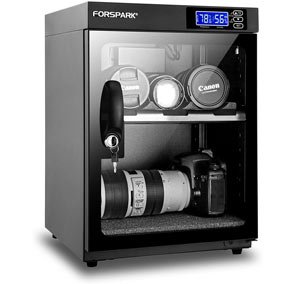
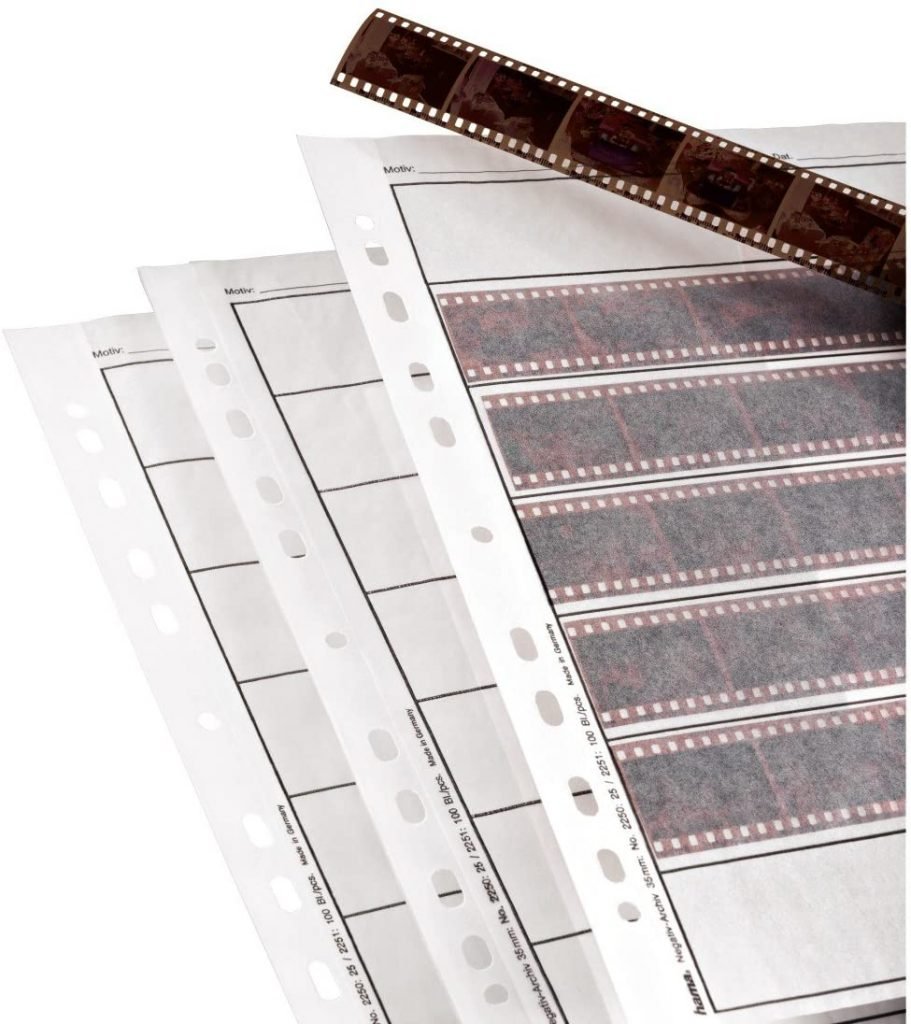
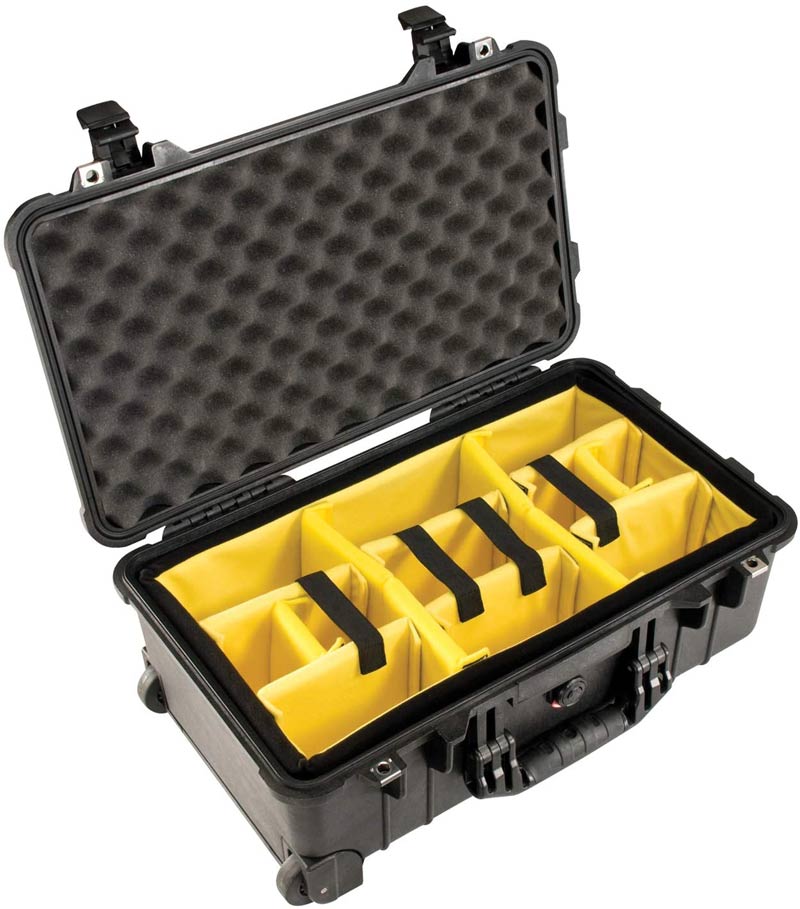
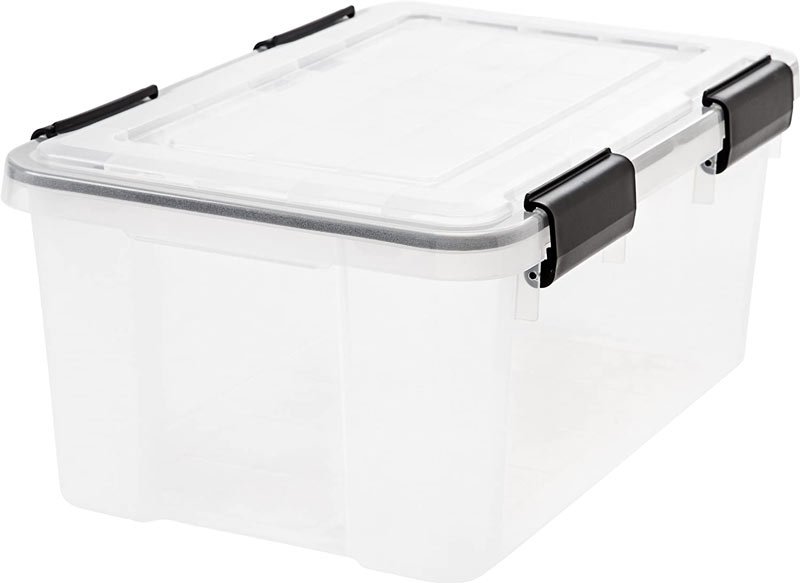


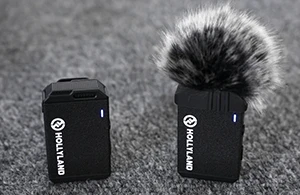
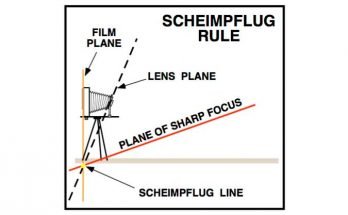
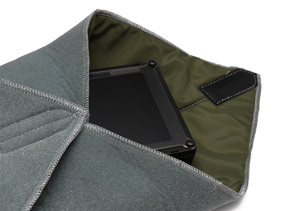
Hi!
Thanks for the post. Not into this type of photography but definitely got more exposure after reading your post. I expect to get most out of this knowledge in near future. Thanks.
thank you for the article
we have a mirrorless camera ,this is our first time using this cabinet the instructions that came with the cabinet made no sense.
Hello Doreen, what cabinet did you purchase?